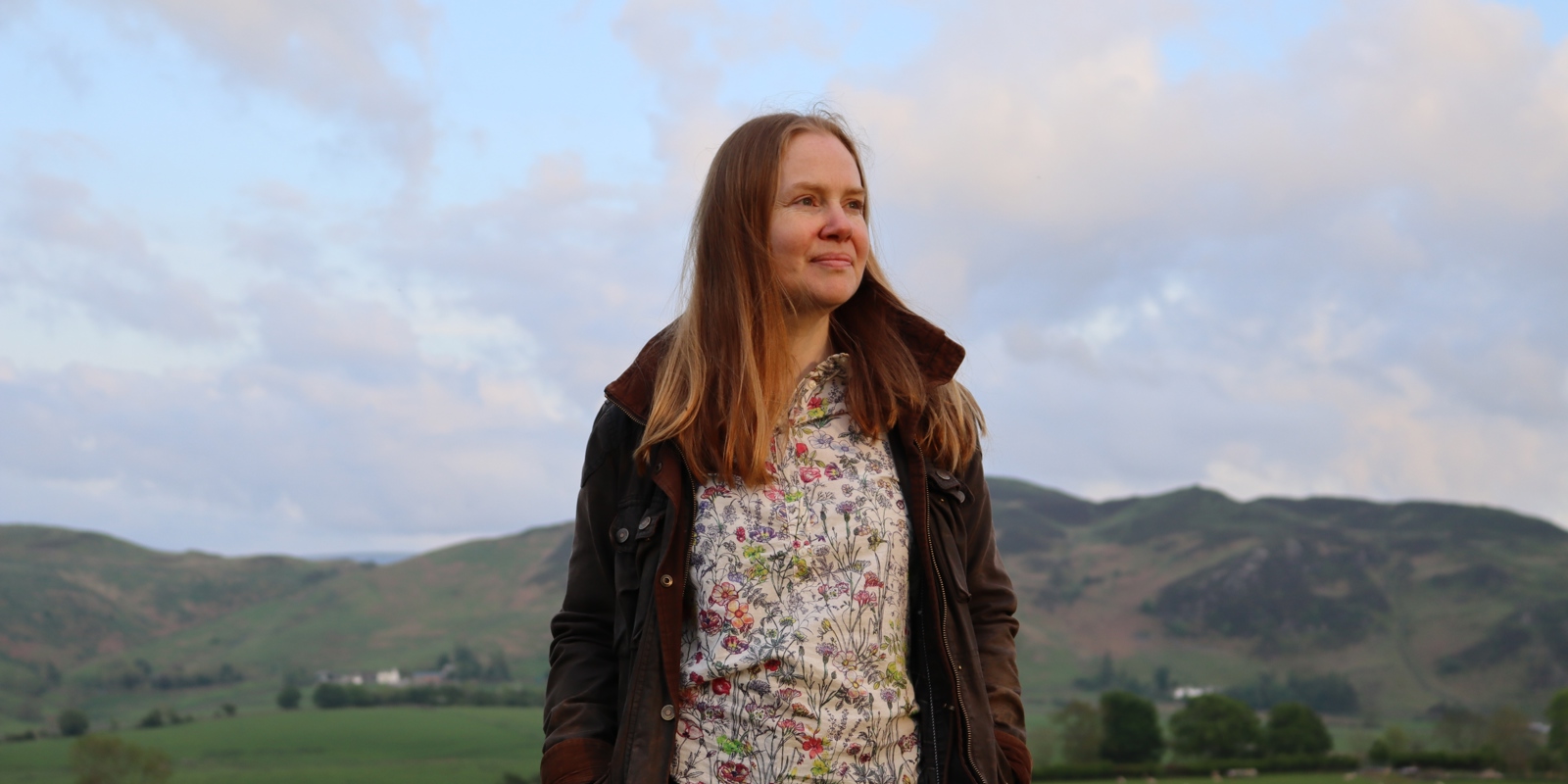Residential: The Green Homes Grant Scheme

Wed 7 October 2020
The Green Homes Grant Scheme has opened for applications, providing grant funding towards energy efficient, or low carbon, home improvements. Whether you own your home, or are a private/social landlord, the benefits are considerable. Landlords especially, should consider the requirements of the Minimum Energy Efficiency Standards (MEES) which came into full effect in April this year, and how the Green Homes Grant may assist in achieving the minimum EPC requirements.
A recap of changes to MEES and EPCs
Since 2008, an EPC has been a requirement on all rented properties in England and Wales. However, changes to the MEES for domestic and non-domestic properties have been apparent since 2016, when domestic private rented property landlords in England and Wales could not refuse to carry out energy efficiency improvements when requested by a tenant. In 2018, this was extended further and stated that landlords could no longer let a property on a new tenancy without an EPC rating of E or above.
In April 2020, regulations came into effect which means that domestic private rented property landlords in England and Wales must not continue an existing tenancy or begin a new tenancy without an EPC rating of E or above. Essentially, all properties must hold a rating of an E or above. Landlords are expected to spend up to £3,500 on improvements (this includes grant funding from sources such as the green deal) to achieve the minimum energy efficiency requirements.
Am I eligible for the Green Homes Grant?
You are eligible if:
You own your home (including park homeowners, long-leaseholders and shared ownership)
You are a private / social landlord
Your property is in England
However:
Landlords cannot apply for the low-income portion of the scheme
New-build properties that have not previously been occupied are not eligible for the scheme
You cannot apply for the scheme if you have already received a grant from your local authority as part of the Local Authority Delivery Scheme.
The government will provide a voucher that covers two thirds of the cost of the qualifying energy efficiency or low carbon heating improvements to your home – up the maximum value of £5,000. If you are on a lower income, or receive certain benefits, you can receive a voucher that will cover the full cost – up to a maximum of £10,000.
You should only enter a commitment to carry out work once you have had confirmation that your voucher application has been accepted
The installation must be carried out by a qualified tradesperson/business, and it is recommended that you obtain at least three quotes to obtain the best price
The works must be carried out by 31st March 2021
The installer will request and receive the funds from the government
The qualifying energy efficiency or low carbon heating improvements are split into primary and secondary measures. Works that were carried out prior to the voucher being issued are not included.
Primary Measures
The voucher must be used to install at least one primary measure (insulation/low carbon heating):
The following insulation measures are covered by the voucher:
solid wall
under floor
cavity wall
loft
flat roof
room in roof
insulating a park home
Low carbon heat measures
The following low carbon heating measures are covered by the voucher:
air or ground source heat pump
solar thermal (liquid filled flat plate or evacuated tube collectors)
biomass boilers
Secondary Measures
If you install at least one primary measure, your voucher can be used to help cover the cost of a secondary measure. However, the cost of the secondary measure cannot exceed the cost of the primary measures. For example the cost of say putting additional loft insulation (a primary measure) could be around £400, you are then eligible to apply for secondary measures such as putting in energy efficient doors, but this cannot exceed the £400 the loft insulation cost.
• draught proofing
• double/triple glazing (where replacing single glazed windows)
• secondary glazing (in addition to single glazing)
• external energy efficient doors (replacing single glazed or solid doors installed before 2002)
• heating controls
• hot water tank thermostats and insulation
If you are a homeowner, or a landlord with a portfolio, requiring advice and/or assistance when applying for the Green Homes Grant Scheme, please get in touch with Lizzie Hall on 01740 622100.






Share this with
Email
Facebook
Messenger
Twitter
Pinterest
LinkedIn
Copy this link